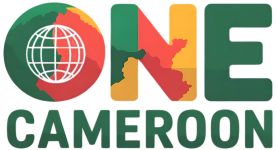Cameroon’s economy has historically relied on agriculture, timber, oil, and mining. While these sectors contributed significantly to GDP growth, volatility in commodity prices exposed the
Across Cameroonian cities, a wave of youth-driven entrepreneurship is redefining economic possibilities. Faced with limited formal employment opportunities and a burgeoning youth population—over 60% under
Cameroon’s 402 km coastline supports numerous fishing communities whose livelihoods revolve around artisanal and small-scale commercial fishing. From coastal villages near Limbe to lagoon settlements
As Cameroon pursues economic growth and electrification goals, renewable energy and sustainable practices have emerged as critical components of development strategies. Although the national grid
Cameroon’s Atlantic coastline, stretching over 400 km from the Nigerian border to the border with Equatorial Guinea, features diverse coastal landscapes: sandy beaches, rocky outcrops,
Fashion and textiles occupy a significant place in Cameroon’s economy and cultural identity. Beyond serving as functional garments, traditional fabrics and contemporary designs reflect ethnic
Cameroon’s diverse elevation and equatorial climate provide ideal conditions for coffee cultivation. Although overshadowed historically by its neighbor, Côte d’Ivoire, Cameroon has steadily carved a
Agriculture underpins Cameroon’s economy and sustains the livelihoods of over 60% of its population. The country’s climatic zones—from humid rainforests in the south to arid
Cameroon’s varied ecosystems—coastal mangroves, dense rainforests, savannah plains, and mountain highlands—harbor an astonishing wealth of biodiversity. As one of Africa’s most ecologically diverse countries, it
